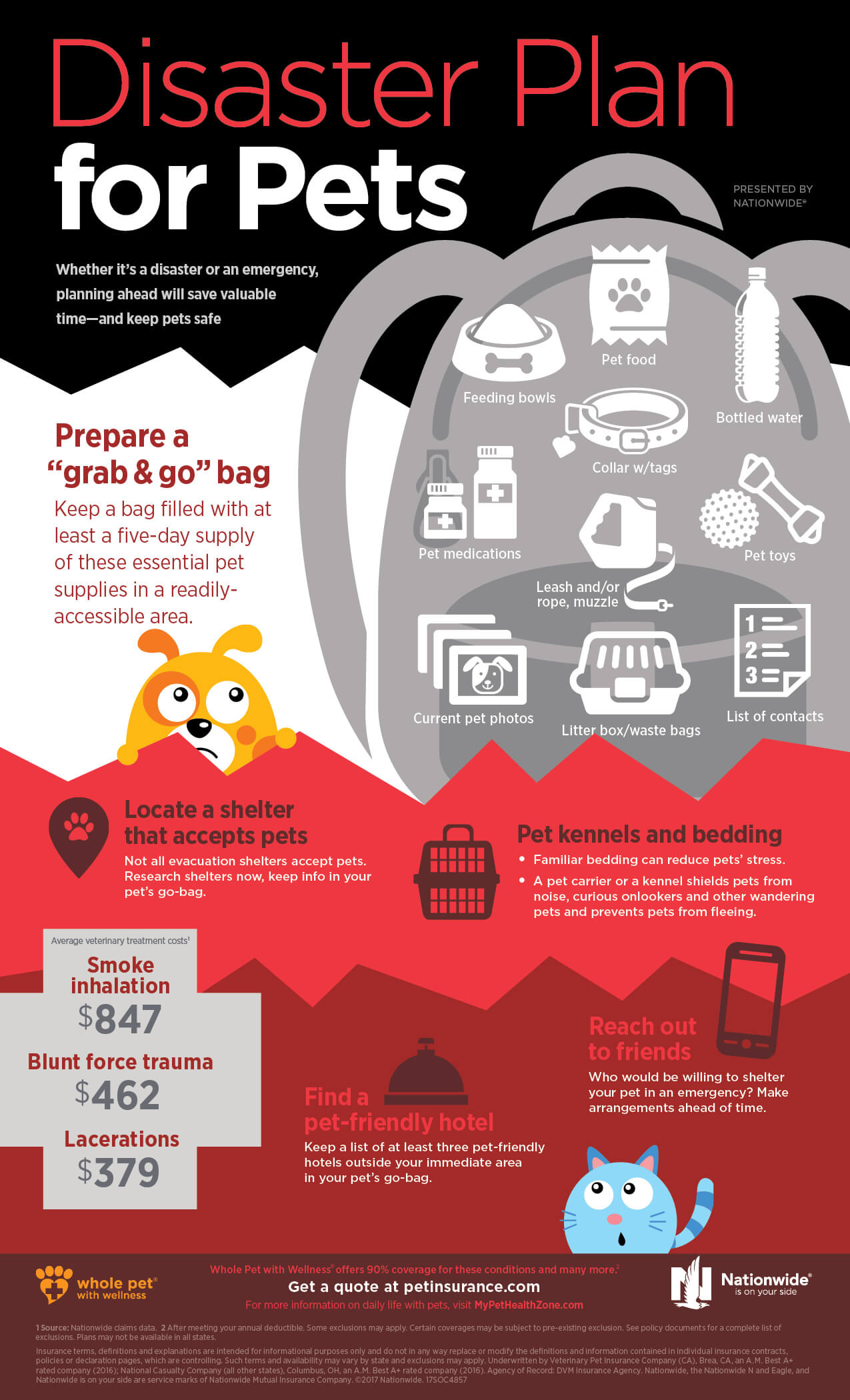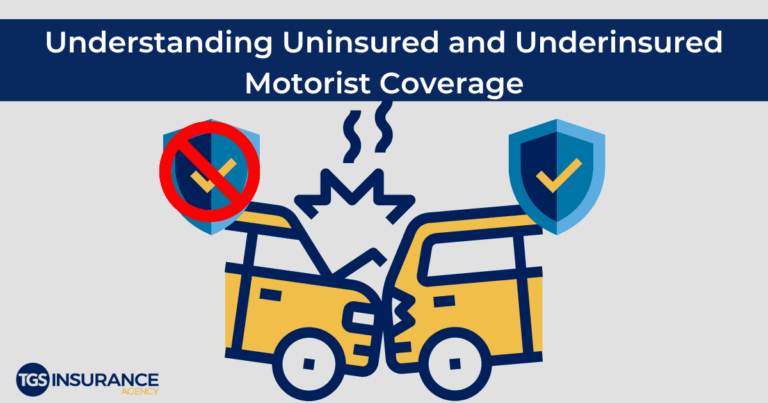Pet Disaster Preparedness: Keep Your Pets Safe Today
Pet disaster preparedness is a crucial aspect of responsible pet ownership that every pet owner should prioritize. Disasters can strike unexpectedly, and having a well-thought-out disaster plan for pets is essential to ensure their safety and comfort during crises. By assembling a comprehensive pet emergency kit and understanding how to evacuate with pets, you can significantly reduce the stress for both you and your furry companions. Additionally, taking proactive steps such as preparing pets for emergencies and familiarizing them with your evacuation routes can save precious time when every second counts. This blog post will guide you through the necessary steps to keep your pets safe and secure in the face of unforeseen disasters.
When it comes to safeguarding our beloved pets, effective planning is key. Creating a strategy for emergency situations, which includes assembling a pet emergency kit and formulating a reliable evacuation plan, can make a world of difference in ensuring your pet’s safety. These preparations not only involve gathering essential supplies but also understanding how to manage your pet’s needs during challenging times, like natural disasters or sudden emergencies. By focusing on pet safety during disasters and engaging in practices that help prepare pets for emergencies, you can foster a sense of security for both yourself and your animals. This article aims to delve into the various components of disaster readiness for pets, ensuring that every pet owner is equipped to handle unexpected events.
The Importance of Including Pets in Disaster Plans
When a disaster strikes, the safety of all family members, including pets, should be a top priority. Many pet owners make the mistake of thinking that their pets will be safe at home, but this is not always the case. Natural disasters can lead to situations where it’s necessary to evacuate quickly, and without a well-structured disaster plan for pets, the outcome can be dire. It is crucial to have an emergency plan that includes specific provisions for your pets, ensuring they are not overlooked during chaotic situations.
Moreover, understanding the emotional bond between pets and their owners is vital. Pets often experience heightened anxiety during disasters, which can lead to behavioral issues if they are not properly cared for. By incorporating your pets into your disaster planning, you not only safeguard their physical well-being but also help maintain their mental stability. This preparation ensures that both you and your pets can navigate emergencies with less stress and anxiety.
Creating a Comprehensive Disaster Plan for Pets
A comprehensive disaster plan for pets includes several critical components: evacuation routes, emergency contacts, and a list of pet-friendly accommodations. Begin by identifying safe places to go in the event of an evacuation, such as pet-friendly hotels, shelters, or friends’ homes. It’s essential to have a clear understanding of these locations since many local shelters may not accept pets. A proactive approach means you can swiftly relocate your pet without the added stress of uncertainty during an emergency.
In addition to identifying locations, having a list of trusted contacts who can assist with your pets is vital. This could include neighbors, friends, or family members who are willing to help transport or care for your pets if you’re unable to do so. Make sure they are familiar with your pets’ needs and have access to your home. Communication is key; ensure everyone involved in your disaster plan knows their roles and responsibilities, which can make a significant difference in an emergency.
Essential Items for Your Pet Emergency Kit
When preparing for potential disasters, assembling a well-stocked pet emergency kit is crucial. This kit should include enough food and water to sustain your pet for at least three to five days, alongside any necessary medications and medical supplies. Organizing these essential items in an easily accessible container will ensure that you can grab them quickly during an evacuation. Keeping food in airtight containers will help maintain freshness, and water should be stored in secure bottles to prevent spillage.
Additionally, your pet emergency kit should contain identification items, including a collar with an ID tag and a microchip, as these can help reunite you with your pet if you become separated. Don’t forget to pack comfort items, such as a favorite blanket or toy, which can provide emotional support during stressful situations. By anticipating your pet’s needs and having a comprehensive emergency kit ready, you can significantly reduce their anxiety and ensure their safety during a disaster.
Understanding Your Pet’s Medical Needs in Emergencies
Before a disaster strikes, it’s essential to familiarize yourself with your pet’s medical needs. This includes keeping a record of vaccinations, medications, and any ongoing health concerns. An up-to-date medical history is crucial, especially if your pet requires immediate veterinary care after an evacuation. Make sure to have a list of local animal hospitals and emergency clinics in your area, as knowing where to go can save precious time in an urgent situation.
In emergencies, pets may experience stress or health issues related to their environment. By understanding their medical needs, you can make informed decisions about their care. For instance, knowing if your pet has allergies or requires special dietary considerations can help you prepare a pet disaster kit that meets those specific needs. The more prepared you are with your pet’s health information, the better equipped you’ll be to handle any medical emergencies that may arise during a disaster.
Practicing Evacuation Procedures with Your Pet
One of the most beneficial steps in disaster preparedness is practicing evacuation procedures with your pet. This helps your pet become accustomed to their carrier or crate, as well as the overall evacuation routine. Regular practice can significantly reduce anxiety for both you and your pet during an actual emergency. Familiarizing them with the process allows them to feel more secure and comfortable, which can be crucial when faced with the stress of an evacuation.
In addition to reducing stress, practicing together can help identify any potential issues in your evacuation plan. For example, if your pet is resistant to entering their carrier, you can address this behavior well before an emergency occurs. By regularly running through the evacuation process and ensuring your pet knows what to expect, you can create a smoother transition during real-life disasters, ultimately leading to a safer and more efficient evacuation.
Finding Pet-Friendly Shelters and Accommodations
In the event of a disaster, knowing where to find pet-friendly shelters can be a lifesaver. Many emergency shelters do not accept pets, which leaves many pet owners in a difficult situation. Start by researching local resources and compiling a list of shelters or hotels that accommodate pets. This proactive approach can save time and reduce stress during a real emergency, allowing you to act quickly and safely relocate your pet.
Additionally, consider reaching out to local animal welfare organizations or community groups that may have information on temporary housing for pets during disasters. Many communities have designated pet-friendly areas or specific shelters that cater to pets and their owners. Having this information ready will ensure that you have a safe place to go with your pet during an evacuation, ultimately helping to maintain their safety and comfort in uncertain times.
Training Your Pet for Emergency Situations
Training your pet for emergency situations is an often-overlooked aspect of disaster preparedness. Basic obedience training can be invaluable when you need to control your pet during an evacuation. Commands such as ‘sit,’ ‘stay,’ or ‘come’ can help ensure your pet remains calm and follows directions in chaotic environments. Training your pet to respond to commands can significantly improve your ability to manage them during stressful times.
Moreover, socializing your pet can also make a difference in how they react to unfamiliar situations. Exposing them to different environments, sounds, and people can help them adapt better during emergencies. The more comfortable your pet is in various situations, the less likely they are to panic in a stressful environment. Consistent training and socialization will prepare your pet for unexpected events, ultimately enhancing their safety during disasters.
The Role of Community in Pet Disaster Preparedness
Community involvement plays a significant role in pet disaster preparedness. Local organizations, shelters, and veterinary clinics can provide valuable resources and support for pet owners. Engaging with your community can help you stay informed about emergency plans and available resources for pets during disasters. Participating in local events or workshops focused on disaster preparedness can also enhance your knowledge and skills.
Additionally, forming connections with fellow pet owners can create a support network that can be invaluable in an emergency. Sharing information about pet-friendly accommodations, local resources, or even organizing group evacuations can significantly improve the safety of your pets. By fostering a sense of community, pet owners can work together to ensure that all pets receive the care and protection they need during a disaster.
Conclusion: Proactive Pet Disaster Preparedness
In conclusion, proactive pet disaster preparedness is an essential responsibility for every pet owner. By taking the time to create a comprehensive disaster plan, assemble an emergency kit, and practice evacuation procedures, you can significantly improve your pet’s safety during emergencies. The unpredictability of disasters requires that we be prepared, and this includes ensuring that our pets are not left vulnerable.
Ultimately, treating your pets as integral members of your family means investing in their safety and well-being. By implementing the strategies discussed in this article, you can create a protective environment for your pets, allowing you to navigate emergencies with confidence and care. Remember, the time to prepare is now; don’t wait for a disaster to strike before taking action.
Frequently Asked Questions
How do I create a disaster plan for pets?
To create a disaster plan for your pets, identify pet-friendly shelters, establish evacuation routes, and arrange for someone to care for your pets if you’re unable to. Additionally, prepare a pet emergency kit that includes essential supplies and ensure your pet’s medical needs are up to date.
What should be included in a pet emergency kit?
A pet emergency kit should contain enough food and water for at least three days, medications, a basic first-aid kit, identification tags, comfort items like blankets or toys, and copies of your pet’s medical records. This ensures your pet’s safety and well-being during a disaster.
How can I help my pet cope with stress during disasters?
To help your pet cope with stress during disasters, practice evacuation procedures regularly, provide familiar comfort items such as blankets or toys, and create a safe, quiet space for them amidst the chaos. This familiarity can help reduce anxiety.
What are the essential steps in preparing pets for emergencies?
Essential steps in preparing pets for emergencies include creating a comprehensive disaster plan, assembling a pet disaster kit, knowing your pet’s medical needs, and practicing evacuation with your pets to ensure they are comfortable and familiar with the routine.
Why is pet disaster preparedness important?
Pet disaster preparedness is important because pets are part of the family and face similar risks during emergencies. A well-prepared pet disaster plan ensures their safety, reduces stress, and improves the chances of a successful evacuation when disasters strike.
How can I ensure my pet’s safety during evacuating with pets?
To ensure your pet’s safety during evacuating with pets, have a transportation plan in place, practice evacuation routes, keep your pet in a secure crate or harness, and maintain a calm demeanor to help your pet feel safe during the process.
Where can I find pet-friendly shelters during a disaster?
You can find pet-friendly shelters by researching local emergency management websites, contacting local animal shelters, or checking with community organizations. It’s crucial to identify these locations beforehand to ensure your pet has a safe place to go during a disaster.
How often should I update my pet disaster plan?
You should update your pet disaster plan at least once a year or whenever there are changes in your pet’s health, living situation, or local emergency procedures. Regular updates ensure that your plan remains effective and relevant for your pet’s needs.
| Key Point | Description |
|---|---|
| Planning is Essential | Create a comprehensive emergency plan that includes evacuation routes, medical needs, and trusted contacts. |
| Practice Evacuating with Your Pet | Regularly practice evacuation procedures to reduce stress during emergencies. |
| Essential Supplies | Prepare a pet disaster kit with food, water, medications, identification, and comfort items. |
| Know Your Pet’s Medical Needs | Keep an updated medical history and know where to find emergency veterinary care. |
Summary
Pet disaster preparedness is a crucial aspect of being a responsible pet owner. By implementing a solid disaster plan, practicing evacuation procedures, and compiling a comprehensive disaster kit, you can significantly enhance your pet’s safety and comfort in emergencies. Planning for disasters ensures that your beloved pets are not overlooked during crises, equipping you with peace of mind and the necessary resources to care for them effectively when it matters most.







